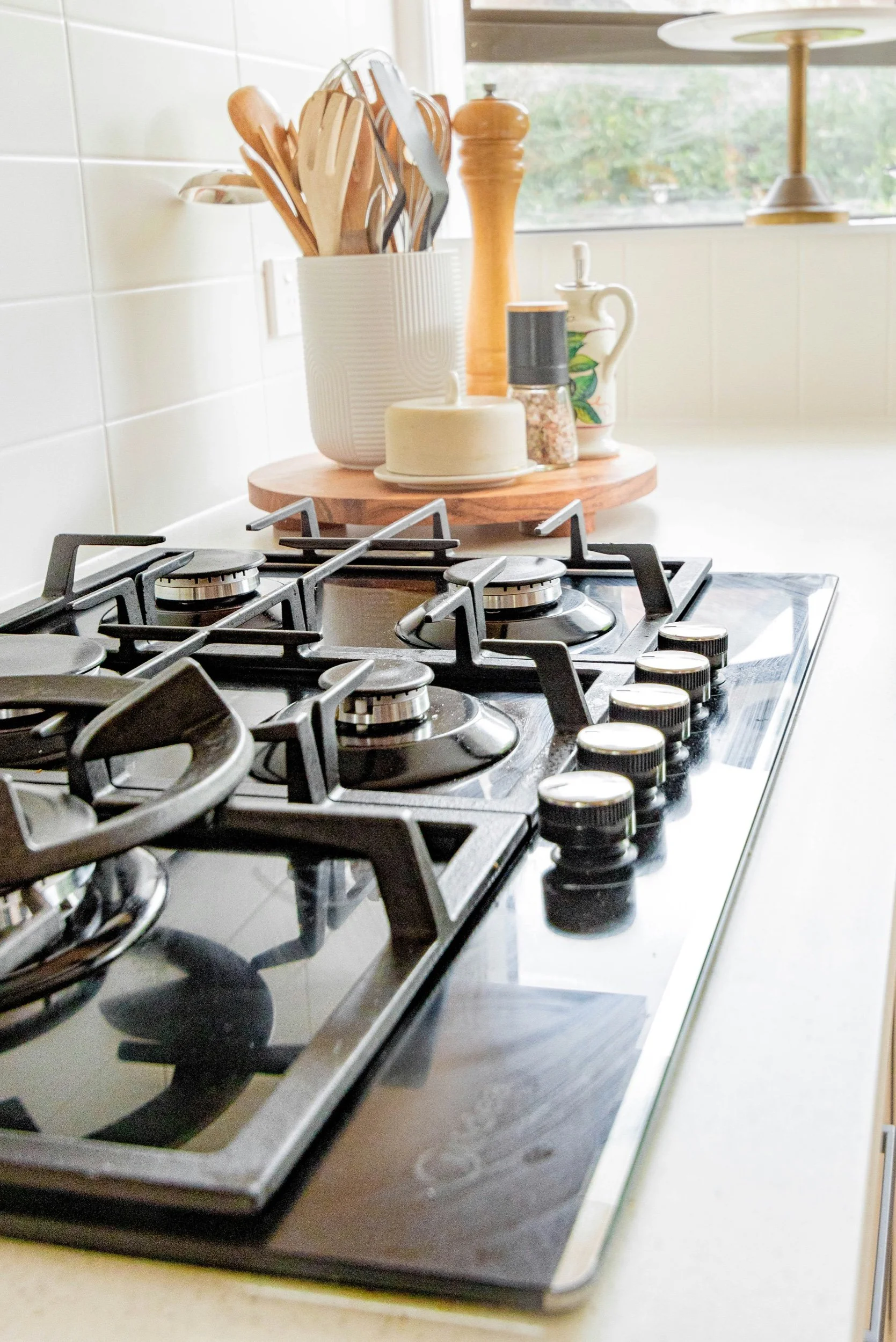When to Install Radon Mitigation System in Denver: Timing and Factors to Consider
Radon, a radioactive gas found in soil, can seep into homes and pose health risks. In Denver, where geological factors contribute to higher radon levels, homeowners should be vigilant about testing and mitigation.
Installing a radon mitigation system is recommended when indoor radon levels exceed 4 picocuries per liter (pCi/L). This threshold, set by the Environmental Protection Agency, indicates a potential health hazard requiring action.
Regular radon testing is crucial for Denver residents. If elevated levels are detected, prompt installation of a mitigation system can significantly reduce exposure risks. Addressing radon concerns early protects occupants' health and maintains property value.
Understanding Radon in Denver Homes
Radon poses a significant health risk to Denver residents due to the area's unique geological composition. Homeowners should be aware of radon levels and take appropriate action to protect their families.
The Risk of Radon Gas to Health
Radon gas is a radioactive substance that can cause serious health problems when it accumulates in homes. Long-term exposure to high radon levels increases the risk of lung cancer. The Environmental Protection Agency (EPA) estimates that radon is the second leading cause of lung cancer in the United States, after smoking.
Radon is colorless, odorless, and tasteless, making it impossible to detect without proper testing. As radon decays, it releases radioactive particles that can damage lung tissue when inhaled. The risk of lung cancer increases with higher radon concentrations and longer periods of exposure.
Radon Levels and EPA Guidelines
The EPA has established guidelines for radon levels in homes. Measurements are expressed in picocuries per liter (pCi/L) of air. The EPA recommends taking action to reduce radon levels if they exceed 4 pCi/L.
- 0-2 pCi/L: Low risk
- 2-4 pCi/L: Moderate risk
- 4+ pCi/L: High risk - Action recommended
Denver homes often have higher radon levels than the national average. Regular testing is crucial to ensure safety. Homeowners can use short-term or long-term tests to measure radon concentrations.
Geological Factors Influencing Radon in Denver
Denver's geology contributes to its higher radon levels. The city sits on soil and rock formations that contain uranium, the primary source of radon gas. As uranium decays, it releases radon, which can seep into homes through foundation cracks and other openings.
Colorado is classified as a Zone 1 area by the EPA, indicating the highest potential for elevated radon levels. The Rocky Mountains and their foothills contain significant amounts of uranium-bearing rocks. Granite, shale, and sandstone in the Denver area can release radon gas into the soil.
Soil permeability also affects radon movement. Denver's varied soil types, from clay to sandy loam, can influence how easily radon travels through the ground and enters buildings.
Implementing Radon Mitigation Systems
Radon mitigation systems are crucial for reducing harmful radon levels in homes. These systems require careful planning and professional installation to effectively protect residents from this radioactive gas.
When to Install a Radon Mitigation System
Homeowners should consider installing a radon mitigation system when radon levels exceed 4 pCi/L, as recommended by the U.S. Environmental Protection Agency. Testing is essential to determine radon concentrations accurately.
High-quality radon testing kits are readily available. Professional testing services offer more precise results and can help identify specific problem areas.
If test results show elevated levels, prompt action is necessary. Radon is a known carcinogen, and prolonged exposure increases lung cancer risk.
Choosing the Right Radon Mitigation Techniques
Several effective radon reduction methods exist. The most suitable technique depends on the home's construction and radon entry points.
Sub-slab depressurization is a common and effective approach. It involves installing a pipe system and fan to draw radon from beneath the foundation and vent it outdoors.
Sealing cracks and openings in the foundation helps prevent radon entry. This method is often used in conjunction with other techniques for maximum effectiveness.
Crawlspace encapsulation can be effective for homes with crawlspaces. It involves sealing the space and installing a ventilation system to remove radon.
Finding Certified Radon Mitigation Professionals
Hiring certified professionals is crucial for proper radon mitigation system installation. Look for technicians certified by the National Radon Proficiency Program (NRPP) or similar recognized organizations.
Certified professionals have the knowledge and experience to design and install effective systems tailored to each home's specific needs. They understand local building codes and EPA guidelines.
Request multiple quotes from certified contractors. Compare warranties, installation services, and post-installation support. Ensure the chosen professional is insured and can provide references.
Ask about system maintenance requirements and ongoing testing recommendations. A reputable professional will offer guidance on maintaining the system's effectiveness over time.
More Home Improvement Articles
How often do you clean your kitchen? Do you include the kitchen appliances? If you want to maintain a hygienic, efficient, and safe kitchen environment, cleaning your kitchen appliances is a crucial decision to make. Not only will it impact the longevity of your appliances, but also the food quality that you prepare.
The roof is one of the most critical components of your home, providing protection against the elements while contributing to energy efficiency and overall property value. Yet, despite its importance, roofs often endure neglect until significant problems arise. Regular maintenance is the key to maximizing your roof’s lifespan and preventing costly repairs or replacements.
A tidy living room brings calm to your home. It makes the space feel cozy and welcoming. One of the most important things to keep clean is your carpet. It is often the first thing people notice when they walk into a room.






